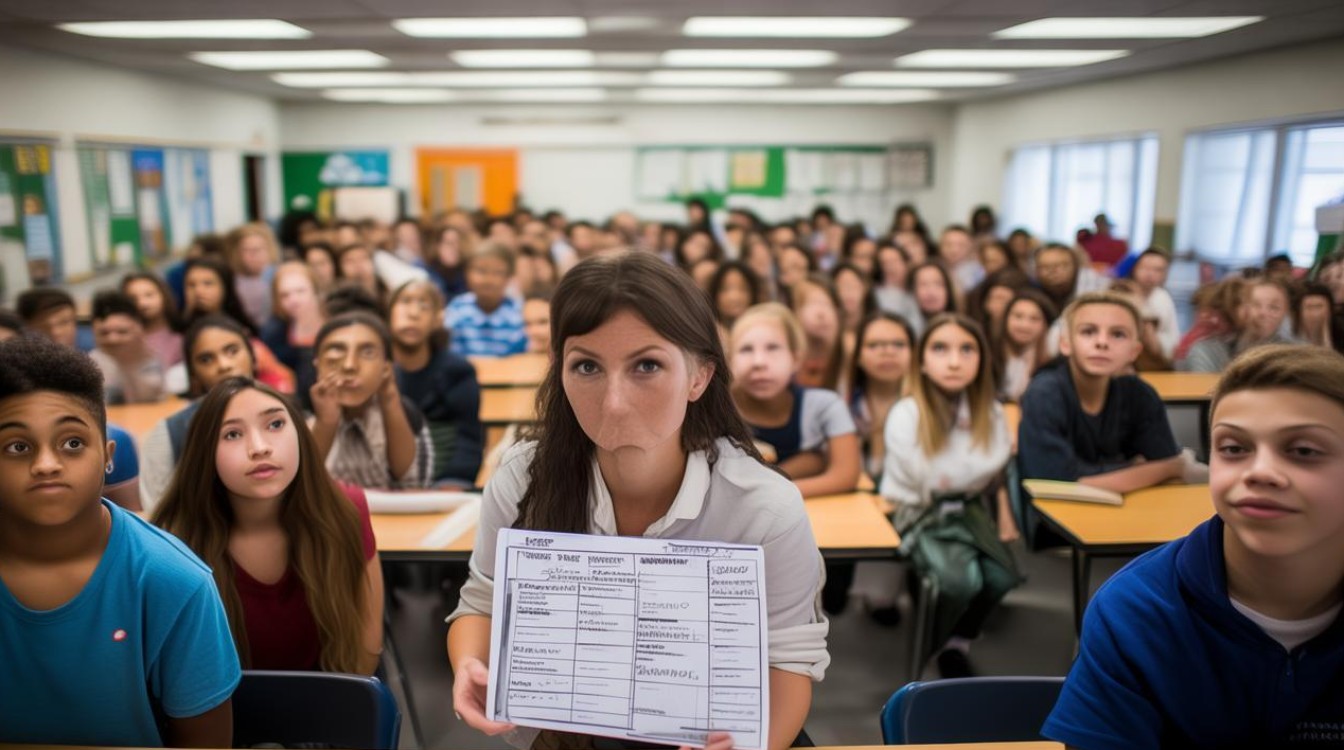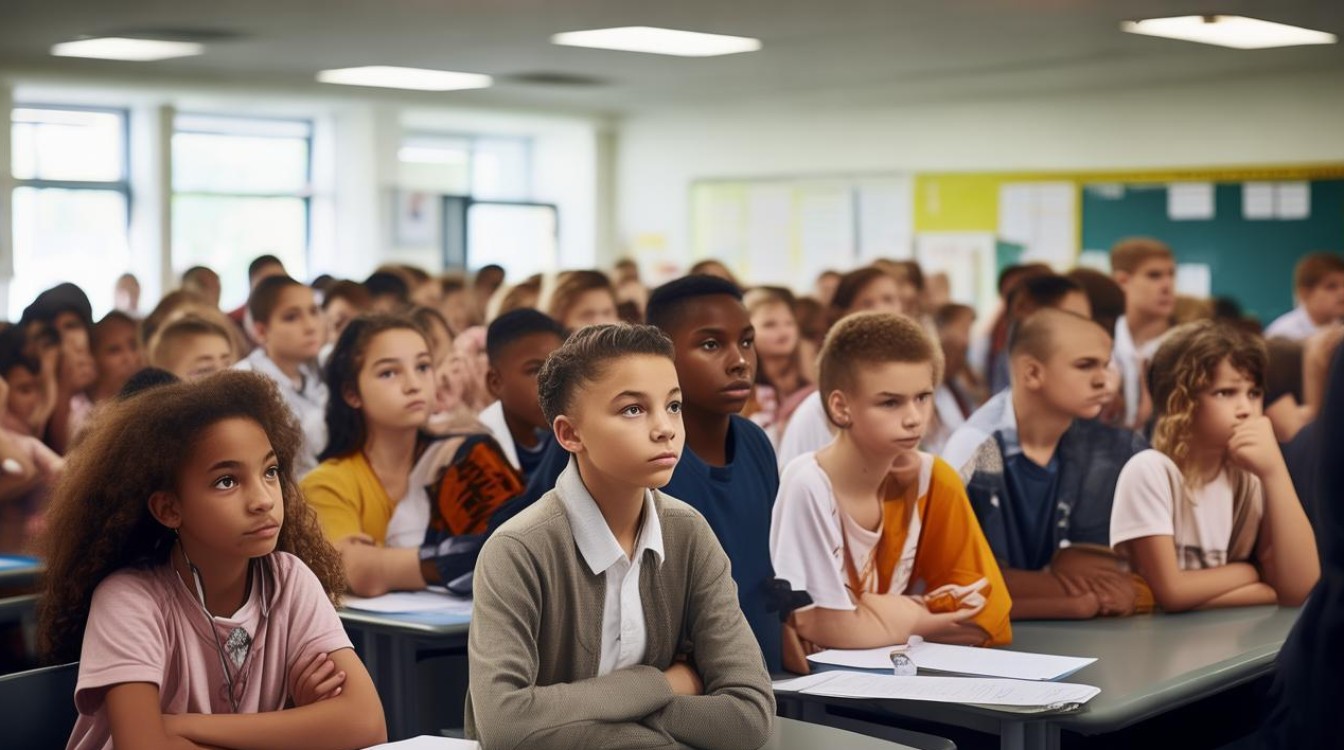School rules are essential for maintaining order and creating a positive learning environment. In junior high, students are at a crucial stage of development, where discipline and structure help shape their character and academic success. Understanding and following school regulations not only benefits individuals but also contributes to a harmonious community.

Why School Rules Matter
Rules exist to ensure safety, fairness, and respect among students and staff. Without guidelines, classrooms could become chaotic, making it difficult for anyone to focus on learning. Clear expectations help students understand boundaries, reducing conflicts and misunderstandings.
For example, punctuality policies teach responsibility. Arriving on time prepares students for future workplaces where deadlines matter. Dress codes promote equality by minimizing distractions related to fashion or economic differences. These regulations are not meant to restrict freedom but to cultivate good habits.
Common School Rules in Junior High
Most schools have similar core rules, though specifics may vary. Here are some typical regulations:
- Attendance and Punctuality – Students must attend classes regularly and arrive on time. Frequent absences or tardiness can lead to disciplinary action.
- Respectful Behavior – Bullying, cheating, and disrespect toward teachers or peers are strictly prohibited.
- Dress Code – Many schools require uniforms or enforce modest clothing to maintain professionalism.
- Electronic Devices – Phones and other gadgets are often restricted during class to prevent distractions.
- Homework and Assignments – Completing work on time is mandatory to ensure academic progress.
These rules are designed to support both personal growth and collective well-being.
The Role of Discipline in Education
Discipline is not about punishment but about guidance. When students follow rules, they develop self-control and accountability. Teachers and administrators enforce policies to help young learners understand consequences—both positive and negative.

For instance, a student who repeatedly disrupts class may face detention, but the goal is correction, not humiliation. Schools aim to reinforce good behavior through encouragement rather than fear. Rewards for excellence, such as honor rolls or special privileges, motivate students to strive for better performance.
How Rules Prepare Students for the Future
Junior high is a transitional period where adolescents begin forming lifelong habits. School regulations mirror societal expectations, teaching students how to function in professional and social settings.
- Time Management – Following schedules helps students balance academics and extracurricular activities.
- Responsibility – Submitting assignments on time fosters reliability.
- Teamwork – Group projects under structured rules teach cooperation and communication.
By adhering to guidelines, students gain skills that extend beyond the classroom.
Balancing Rules and Personal Freedom
Some argue that strict rules limit individuality. However, structure does not suppress creativity—it provides a framework within which students can thrive. Freedom comes with responsibility, and school policies help young people understand this balance.
For example, allowing students to choose elective subjects within a set curriculum encourages exploration while maintaining academic standards. Schools that involve students in rule-making processes often see higher compliance rates because learners feel their voices are heard.

The Impact of Breaking Rules
Ignoring regulations can lead to consequences ranging from warnings to suspensions. More importantly, habitual rule-breaking disrupts learning for everyone. A single student’s misconduct can affect an entire class, wasting valuable instruction time.
Repeated offenses may also damage a student’s reputation and future opportunities. Colleges and employers often consider disciplinary records, making it crucial to develop good conduct early.
Encouraging Positive Attitudes Toward Rules
Parents and teachers play a key role in helping students appreciate school policies. Instead of presenting rules as restrictions, adults should explain their purpose. Open discussions about fairness and safety can shift perspectives from resentment to acceptance.
Schools can also reinforce positive behavior through:
- Recognition Programs – Awards for good conduct motivate students to follow rules.
- Peer Mentoring – Older students guiding younger ones create a culture of responsibility.
- Clear Communication – Ensuring students understand policies prevents unintentional violations.
When students see rules as beneficial rather than oppressive, compliance becomes natural.

Final Thoughts
School rules in junior high are not arbitrary; they exist to support academic success and personal development. By fostering discipline, responsibility, and respect, these guidelines prepare students for future challenges. A well-regulated environment allows every individual to thrive while contributing to a cohesive community.
Following school policies is not just about obedience—it’s about building a foundation for lifelong success. When students embrace structure, they unlock opportunities for growth, achievement, and meaningful relationships.

